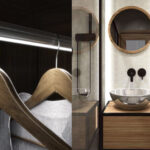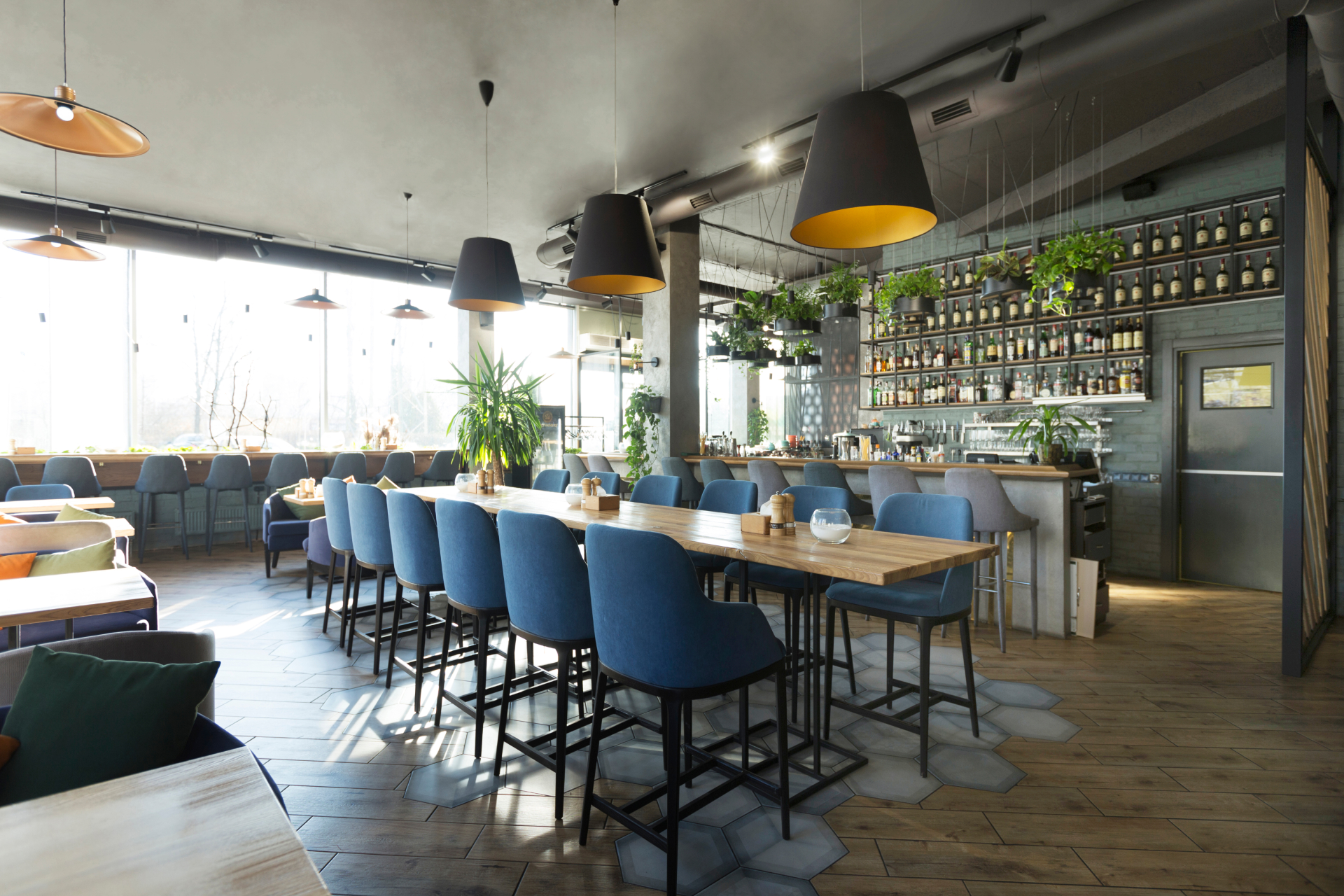
What is Light Color Temperature and How to Use It?
LED lights have become an integral part of interior design and architectural solutions in recent years. LED lights have many advantages, such as energy efficiency and lower heat production, and thanks to the wide range of color temperatures available, LED lights are increasingly used in lighting solutions. Photos and content: Faro Barcelona
Color temperature is not only associated with LED lights, but it is a broader term used to describe the tone of light emitted by a light source – from cool to warm tones.
LED bulbs provide the opportunity to create lighting solutions with different color tones, thereby changing the atmosphere of the illuminated area and even the perception of shapes.
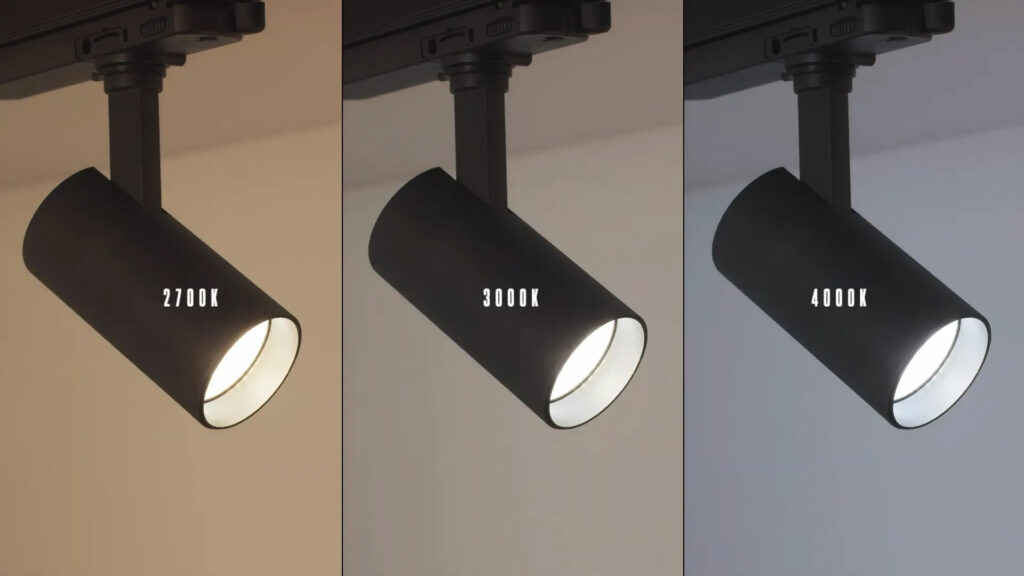
WHAT EXACTLY IS COLOR TEMPERATURE?
Color temperature is a value measured in Kelvin degrees (K), which roughly determines whether the light is cool, neutral, or warm. As the light fixture warms up, it emits different types of light depending on the temperature, thus producing either cool or warm light.
By combining different chemical compounds, it is possible to produce LED lamps with a specific color temperature. LED lights do not alter or damage illuminated objects because they do not emit ultraviolet or infrared radiation like fluorescent lamps.
COLOR TEMPERATURES CAN BE DIVIDED INTO THREE CATEGORIES – COOL, NEUTRAL AND WARM.
Cool Light (over 4000K)
This light has a bluish undertone and provides brighter light. Therefore, this color temperature is mostly used in work environments such as offices, medical facilities, and other spaces that require bright task lighting. It is essential to carefully place cool color temperature LEDs to avoid glare and discomfort.
Neutral Light (ranging from 2700K to 4000K)
This type of color temperature is suitable for retail, galleries, and museums because neutral light does not distort the tonality and shapes of illuminated objects.
Warm Light (2700K or less)
Warm color temperature is dominated by yellow undertones. LED lights in this category create a cozy, comfortable, and relaxed atmosphere, making them most commonly used in homes, especially in spaces intended for relaxation and leisure.
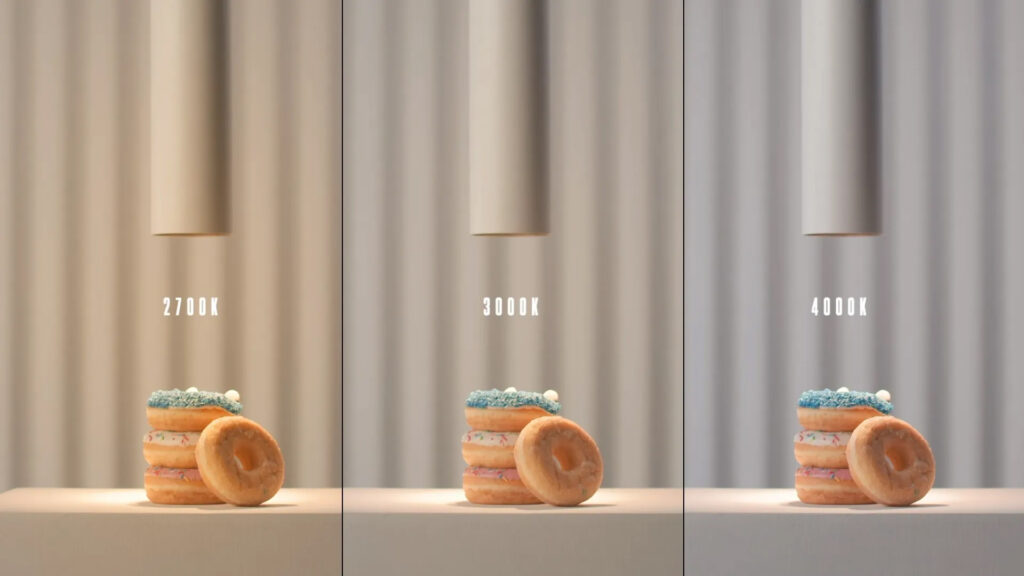
HOW TO DESIGN A ROOM WITH COLOR TEMPERATURES
To know how to apply LED color temperature to an environment and achieve the desired atmosphere, it is necessary to first determine the primary function of the illuminated space and the activities performed in it. Color temperatures can create both a relaxed and soothing environment, where individuals can feel comfortable, as well as spaces where lighting promotes concentration and is more stimulating – for example, in clinics or libraries.
Therefore, different color temperatures should be chosen depending on whether you want to light up a business area, office, reception area, or hotel lobby. Warm light can also highlight architectural features or decorative elements in a room. In contrast, neutral light does not emphasize relief but offers a clearer view, reducing contrasts, making it the best choice in places where visibility is essential or where activity needs to be encouraged, such as shopping. For example, neutral light is used in school classrooms.
If the goal is to distinguish relief in the room, accent lighting should also be used, and in this case, the choice of color temperature depends on the color tone of the illuminated object itself. For example, to highlight sculptures with warm tones, a color temperature of 2700K should be used, while sculptures made of cold tones of stone would require a temperature of 3000K or 4000K. LED lights should be strategically placed to create shadows if desired and to highlight illuminated elements or wall sections even further.
It is also essential to consider the color of walls, floors, furniture, etc., so that the LED color temperature and the colors used in the room complement each other.
Skillful use of different color temperatures in a room can even turn a bland space into a unique one and promote the activities for which it was planned. Different color temperatures can create visual effects that either enlarge or shrink the space.
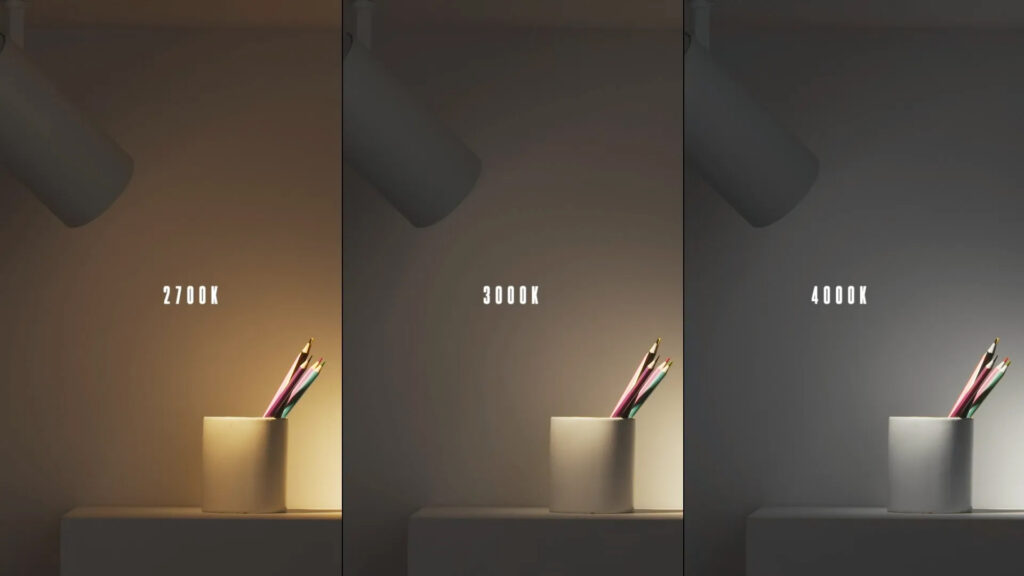
COMBINING COLOR TEMPERATURES
The LED color temperature used in a room does not always have to be uniform. Combining different temperatures works especially well in multi-purpose spaces, where combining warm and cool lights in certain areas can create the perfect ambiance. Such variation can be particularly useful in places like cafes, restaurants, shopping centers, etc., where the sensations conveyed by light can influence people’s activities.
If you want to create spaces where light temperatures have been thoughtfully used, our consultants will be happy to help you choose suitable lights and light sources.

